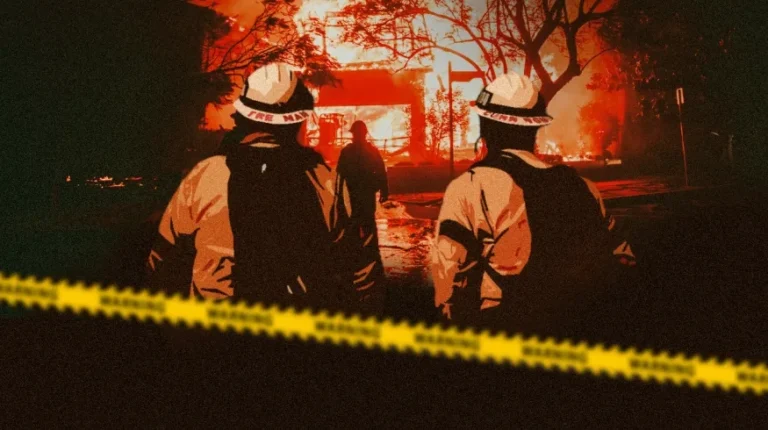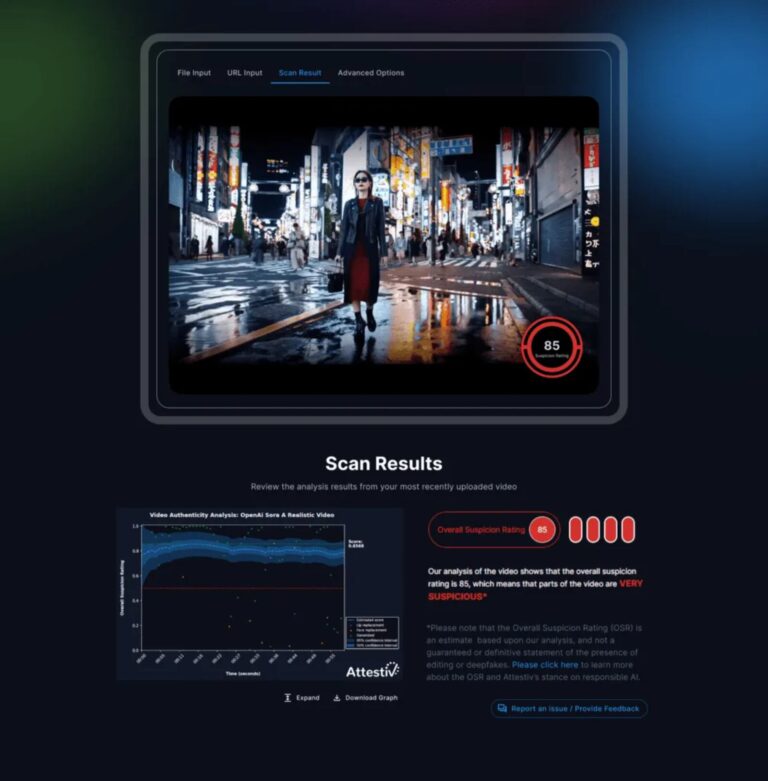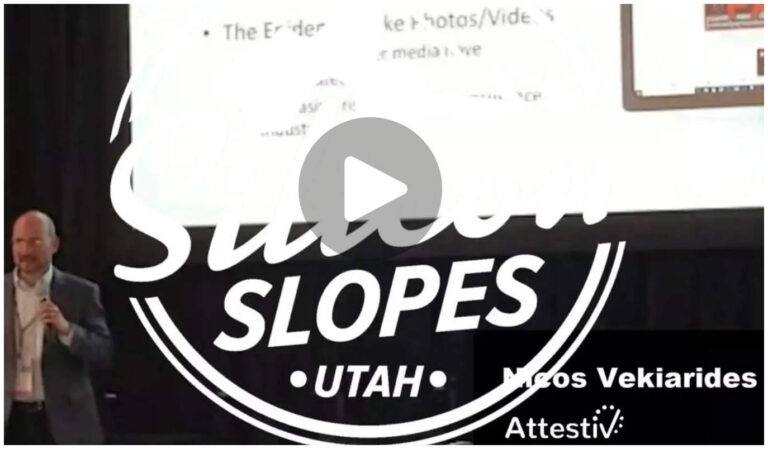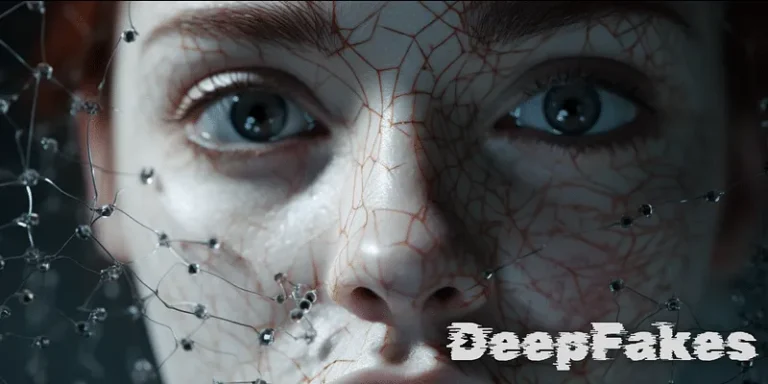
Fact checker uses Attestiv to debunk fake videos of LA fires
Misbar used Attestiv to debunk fake videos exaggerating the LA fires
Home > Digital media authenticity > Page 4

Misbar used Attestiv to debunk fake videos exaggerating the LA fires

Attestiv Inc. will showcase its new video deepfake detection platform that allows enterprises and individuals to analyze videos or social links to videos for deepfake content at the Silicon Slopes Summit, January 14-17

Nicos Vekiarides, CEO of Attestiv, highlights that while settling claims with photo evidence brings efficiency, it also opens the door to altered images and deepfakes.

Attestiv to be featured in Utah’s largest annual tech conference.

AI deepfakes are creating a multi-billion dollar criminal industry

How to balance insurance claims efficiency versus fraud? Attestiv CEO Nicos Vekiarides weighs in on the topic in this Carrier Management article.

A Utah-based software company is equipping insurance companies with another layer of anti-fraud protection through automatic deepfake detection

Attestiv is listed as one of the most promising detection tools

But is that sufficient? Is the problem overblown? How exactly can we counter the the deepfake threat? Attestiv’s CEO weighs in.

Nicos Vekiarides, Attestiv’s CEO, shares his insights on this new business threat.

Mark Morley is the Chief Operating Officer of Attestiv.
He received his formative Data Integrity training at Deloitte. Served as the CFO of Iomega (NYSE), the international manufacturer of Zip storage devices, at the time, the second fastest-growing public company in the U.S.. He served as the CFO of Encore Computer (NASDAQ) as it grew from Revenue of $2 million to over $200 million. During “Desert Storm”, Mark was required to hold the highest U.S. and NATO clearances.
Mark authored a seminal article on Data Integrity online (Wall Street Journal Online). Additionally, he served as EVP, General Counsel and CFO at Digital Guardian, a high-growth cybersecurity company.
Earlier in his career, he worked at an independent insurance agency, Amica as a claims representative, and was the CEO of the captive insurance subsidiary of a NYSE company.
He obtained Bachelor (Economics) and Doctor of Law degrees from Boston College and is a graduate of Harvard Business School.